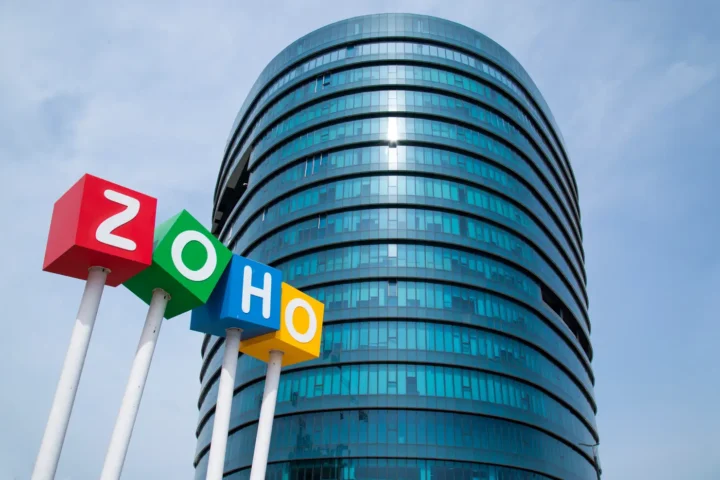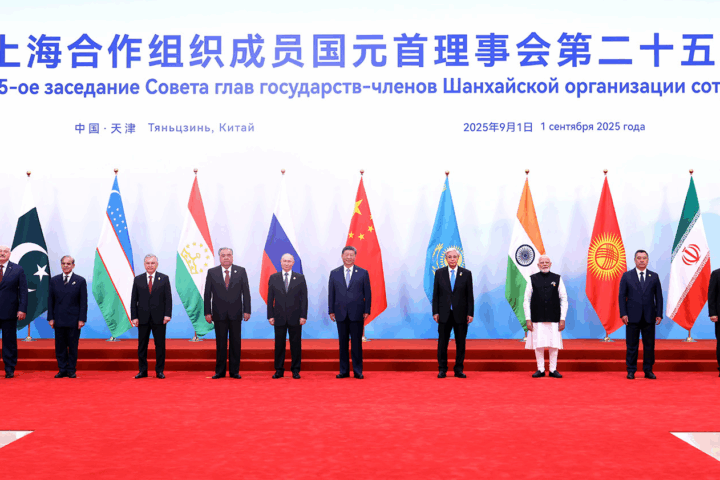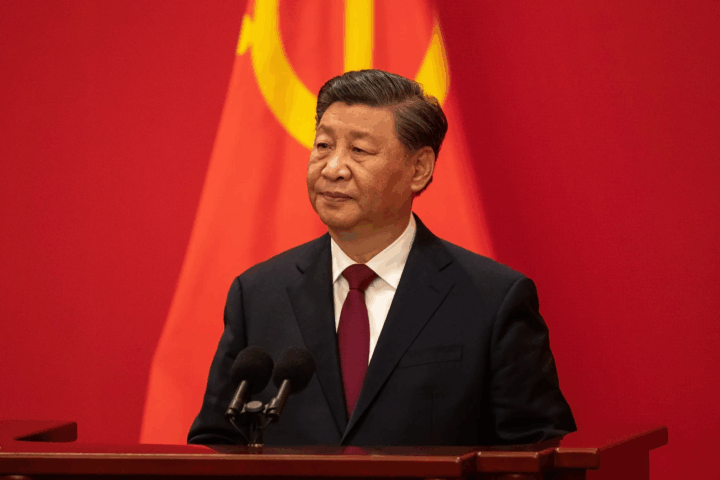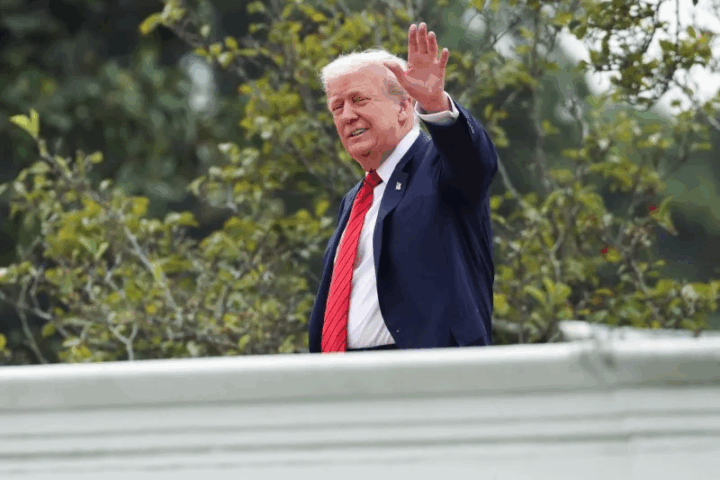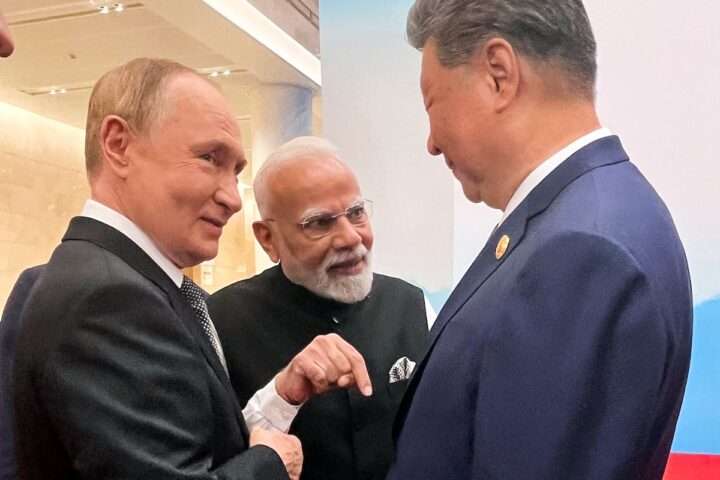In a significant move to strengthen its defense posture against a possible invasion by China, Taiwan has begun fielding advanced U.S.-made M1A2T Abrams tanks, signaling an urgent push toward military modernization on the self-governed island.
The delivery of 38 M1A2T main battle tanks late last year marked the arrival of the first installment from a 2019 order of 108 units. These tanks were immediately transferred to an army training facility in Hsinchu, where Taiwanese forces have begun conversion training. Live-fire drills with the Abrams tanks are scheduled for 2026, as the country integrates these vehicles into its combat doctrine.
Taiwan’s military expects to receive a second batch of 42 tanks by the end of June, with the final 28 arriving in early 2026. The M1A2Ts are being produced at U.S. military facilities in Anniston, Alabama, and Lima, Ohio. To ensure adherence to schedule and quality standards, Taiwan’s Ministry of National Defense has deployed liaison officers to the United States to oversee the production process.
According to Defence-Blog.com, the M1A2T variant is a customized version of the U.S. Army’s M1A2 Abrams SEPv2, featuring a 120mm smoothbore cannon and advanced fire control systems. However, unlike its American counterpart, the Taiwanese version uses Foreign Military Sales export armor rather than the U.S. military’s depleted uranium armor.
The new tanks are set to become the cornerstone of Taiwan’s revamped armored units. Once deliveries are complete, the 269th Mechanized Infantry Brigade in Linkou will be equipped with a full company of Abrams tanks. Additional units will be distributed between the 584th Armored Brigade and the Hsinchu training command.
A Strategic Necessity
The acquisition comes as Taiwan faces growing military pressure from Beijing. The Chinese government, which considers Taiwan a breakaway province, has made no secret of its willingness to use force to assert control over the island. President Xi Jinping has reportedly ordered China’s military to be capable of invading Taiwan by 2027.
While Taiwan maintains an arsenal of roughly 1,000 tanks, many are decades old and lack the combat capabilities required to counter China’s modernized forces. The current inventory includes U.S.-made M24 Chaffees, M41 Walker Bulldogs, M60A3s, and domestically produced CM-11 Brave Tiger tanks — all based on outdated Cold War-era designs.
In contrast, China’s People’s Liberation Army (PLA) boasts around 6,800 tanks, including advanced models designed for amphibious operations. These are expected to be paired with next-generation infantry fighting vehicles that could be used in a potential cross-strait assault.
Despite this numerical advantage, analysts note that geography poses a significant challenge for any Chinese invasion. To land forces on Taiwanese soil, the PLA would first have to execute a complex amphibious operation — a scenario for which Taiwan is actively preparing. The island’s current defense doctrine emphasizes rapid mobility, flexible force deployment, and the strategic use of anti-tank weaponry, such as its indigenous shoulder-fired Kestrel rockets.
In this context, the M1A2T Abrams tanks could prove decisive. With their advanced targeting systems, heavy armor, and firepower, they are ideally suited for repelling amphibious forces attempting to establish a beachhead.
Looking Ahead
As cross-strait tensions continue to simmer, Taiwan’s acquisition of modern armored capabilities sends a clear message of deterrence. While the island’s strategic vulnerability remains a concern, military upgrades like the M1A2T Abrams tanks offer a tangible boost to its defensive credibility.
Taiwan’s government has significantly increased defense spending in recent years, underscoring its resolve to remain autonomous in the face of growing threats. The integration of Abrams tanks into the Taiwanese Army represents more than a tactical enhancement — it symbolizes a broader commitment to national survival in an increasingly volatile region.


